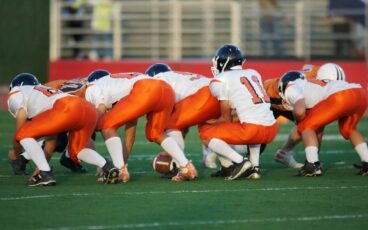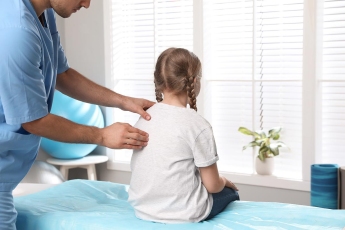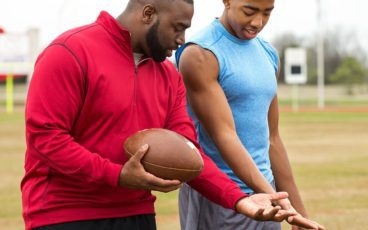Pediatric Growth Plate Fractures & Injuries
According to AAOS OrthoInfo, 15% to 30% of all childhood fractures are growth plate fractures. Growth plates are areas of cartilaginous tissues found at the end of a growing child’s long bones. These “soft bones” later harden to become solid bones once your child has stopped growing and reached adulthood. Growth plates help determine the length and shape of the bone, so it is pertinent to treat this type of fracture right away.
Growth plate fractures are injuries that typically happen after taking a fall, getting hit with a severe blow while playing a sport, or when involved in a car accident.
Signs & Symptoms
- Having difficulty in moving their injured limb
- Feeling tenderness and pain in the injured limb
- Having trouble putting weight or pressure on the injured limb
- Warmth and swelling in the joint near the injured limb
Classifications of Growth Plate Fractures
Classification list according to AAOS OrthoInfo.
- Type I: Break through the end of the bone at the growth plate and separates the bone end from the shaft, completely disrupting the growth plate.
- Type II: Break through the bone at the growth plate and crack through the bone shaft. Most common type of growth plate fracture.
- Type III: Fracture comes through a portion of the growth plate and breaks off a piece of the bone end. Common in older children.
- Type IV: Break through the bone shaft, growth plate and end of the bone.
- Type V: Occur from a crushing injury to the growth plate from a compression force. This is a rare type of growth plate fracture.
Reproduced with permission from OrthoInfo. © American Academy of Orthopaedic Surgeons. https://orthoinfo.org/
Making a Diagnosis
Growth plate injuries need to be examined by a doctor as quickly as possible, within five to seven days. Your pediatric orthopedic doctor will confirm your child has a growth plate injury with the help of an X-ray. If needed, an MRI or CT scan may be taken for greater image detail. They may take images of both limbs to compare the normal limb with the injured limb.
Treatment Options
Your child’s doctor will make a treatment recommendation based on the severity of their growth plate fracture. When the injury is mild, your doctor may recommend nonsurgical treatment by immobilizing your child’s arm with a cast. If the growth plate fracture is severe and it is affecting the underlying bone or bone fragments are displaced, your child may need surgery to realign their bone. The most common surgical procedures for growth plate fractures are open reduction and internal fixation. With proper treatment, growth plate fractures will heal without complications.
Outcomes
For the best long-term outcomes, these fractures must be watched carefully. Your doctor will recommend regular follow-up visits for at least a year to make sure the growth plate is growing properly.




